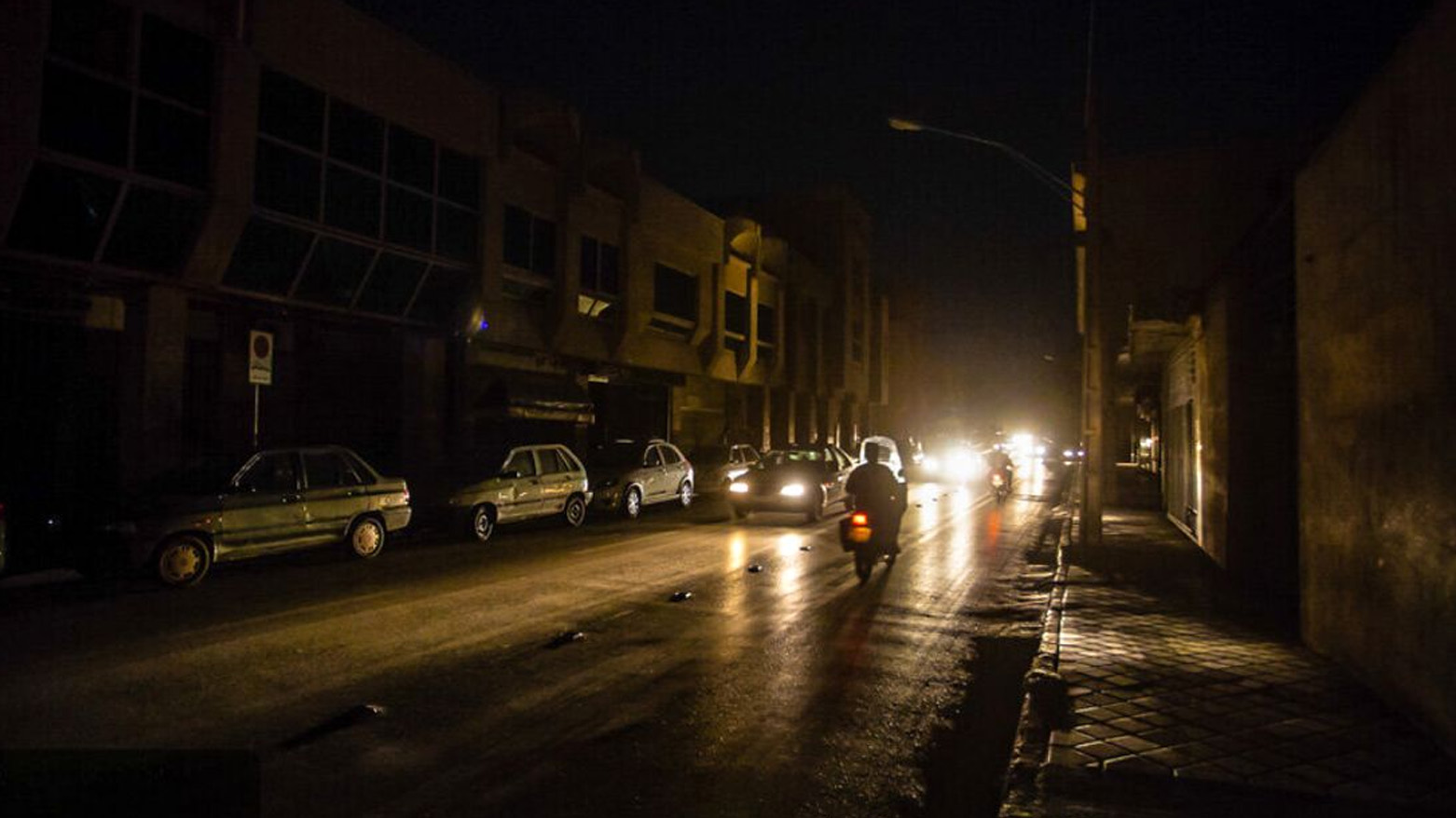Blackout Blitz: Tehran Faces Sweeping Electricity Cuts
According to the Stimson Center, U.S.-led sanctions have further obstructed Iran’s ability to modernize its energy and water infrastructure and limited its development of new gas fields.

By Kamaran Aziz
ERBIL (Kurdistan 24) — As Iran's capital plunges into darkness, residents of Tehran are bracing for a new round of widespread electricity cuts, signaling a deepening energy crisis that experts warn could worsen dramatically over the coming months. Starting Tuesday, Iran’s Ministry of Energy has begun implementing a planned schedule of rolling blackouts across Tehran, where electricity consumption has surged to nearly 49,000 megawatts—an all-time high that has brought the national grid to its knees.
According to a report by the semi-official Tasnim News Agency, the Ministry of Energy released the outage schedule covering both April and May, citing the extreme pressure on power generation and distribution infrastructure. The cuts will be administered by the General Directorate of Electricity Distribution in Tehran and will affect various districts and neighborhoods at staggered times between 8:30 a.m. and 11:30 p.m.
This drastic measure is part of a broader national policy that has already seen power interruptions across most of Iran's provinces in recent months. Officials say the soaring demand has exceeded the system's capacity, forcing them to take tough decisions to avoid a complete collapse of the power grid.
In a particularly controversial move, the Ministry of Energy on Monday also halted electricity supply to cement factories, arguing that these facilities are among the top industrial consumers and their operations are unsustainable under the current conditions. "The electricity these factories consume is simply more than what the grid can currently afford to provide," said a ministry spokesperson, adding that the move is intended to prioritize essential residential and public services.
Experts say the roots of Iran’s worsening power crisis lie in aging infrastructure and chronic shortages of fuel, both of which have hampered the efficiency and output of the country’s power plants. Without urgent reforms and investment, they warn, Iran could face one of its most challenging summers in decades.
"The infrastructure simply cannot keep up with the demands of a growing urban population, intensified by industrial usage and climate-related pressures," said one Iranian energy analyst who requested anonymity.
This crisis is compounded by an equally severe and perhaps more existential threat: water scarcity. According to a report by the Stimson Center, the spring and summer months are expected to intensify the already dire water shortage that has gripped Iran. The report, authored anonymously by a Tehran-based analyst, highlights the dramatic depletion of Tehran’s reservoirs, with some, like the Lar Dam, holding just 1 percent of their capacity.
The Stimson Center analysis links the water crisis to a combination of natural and man-made factors, including mismanagement, over-extraction of groundwater, inefficient agricultural practices, outdated infrastructure, and climate change. The impact is being felt nationwide, with 19 provinces suffering from drought and Hormozgan reporting a 77 percent decline in rainfall.
The relationship between Iran's water and power crises is direct and devastating. Water shortages impair hydroelectric power generation and place additional stress on the country’s electricity supply. Last winter, widespread blackouts forced authorities to shut down schools and reduce government work hours. The unusually cold season led to a spike in natural gas usage for heating, which diverted fuel away from power plants and exacerbated electricity shortages.
Iran’s outdated power plants and transmission lines, many of which suffer from years of underinvestment and inadequate maintenance, are highly vulnerable to breakdowns. According to the Stimson Center, U.S.-led sanctions have further obstructed Iran’s ability to modernize its energy and water infrastructure and limited its development of new gas fields. Meanwhile, decades of heavily subsidized energy prices have encouraged inefficient consumption and excessive demand.
Energy-intensive industries such as steel and petrochemicals have also suffered. The steel sector alone has seen losses exceeding $8.5 billion this year due to energy curtailments.
In 2023, Iran's electricity deficit was estimated at 13,000 megawatts. That figure jumped to 18,000 in 2024 and is projected to reach 25,000 megawatts this year, underscoring the urgency of comprehensive and sustained reform.
As Tehran residents face a dimming skyline and interrupted daily routines, the latest cuts offer a stark warning about the cascading effects of infrastructure neglect, political entanglements, and environmental stress. Without immediate and comprehensive interventions, Iran’s energy crisis may soon move from inconvenience to catastrophe.
Addressing the intertwined water and energy crises requires decisive action. According to the Stimson Center, Iran must prioritize sustainable water management, invest in desalination and modern irrigation, reduce energy subsidies, promote renewable energy, and undertake infrastructure upgrades. Yet, as the report concludes, there is little evidence that such long-term strategic planning is underway. With public frustration mounting and the summer heat approaching, Iran's leadership faces a critical test of governance and resilience.
